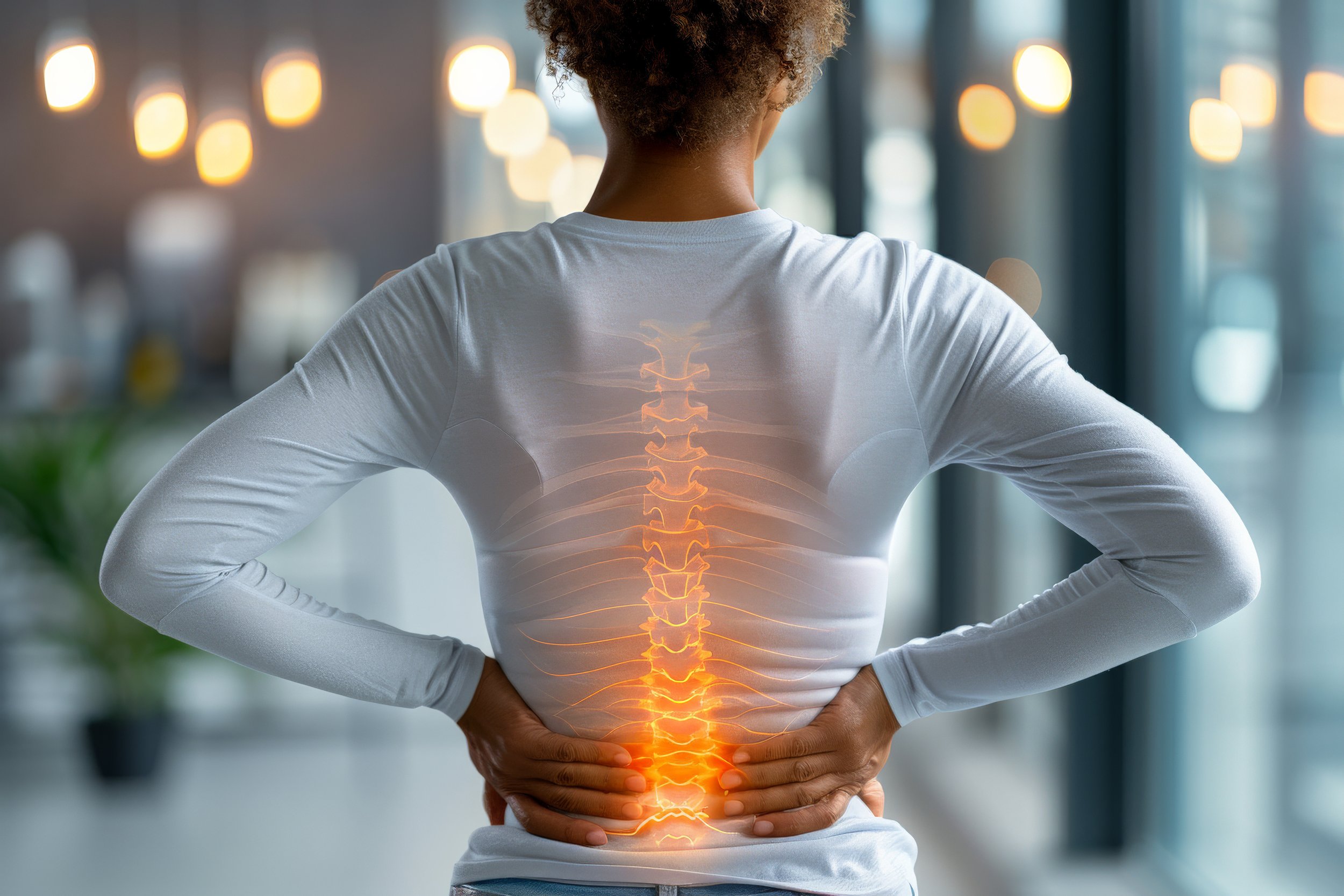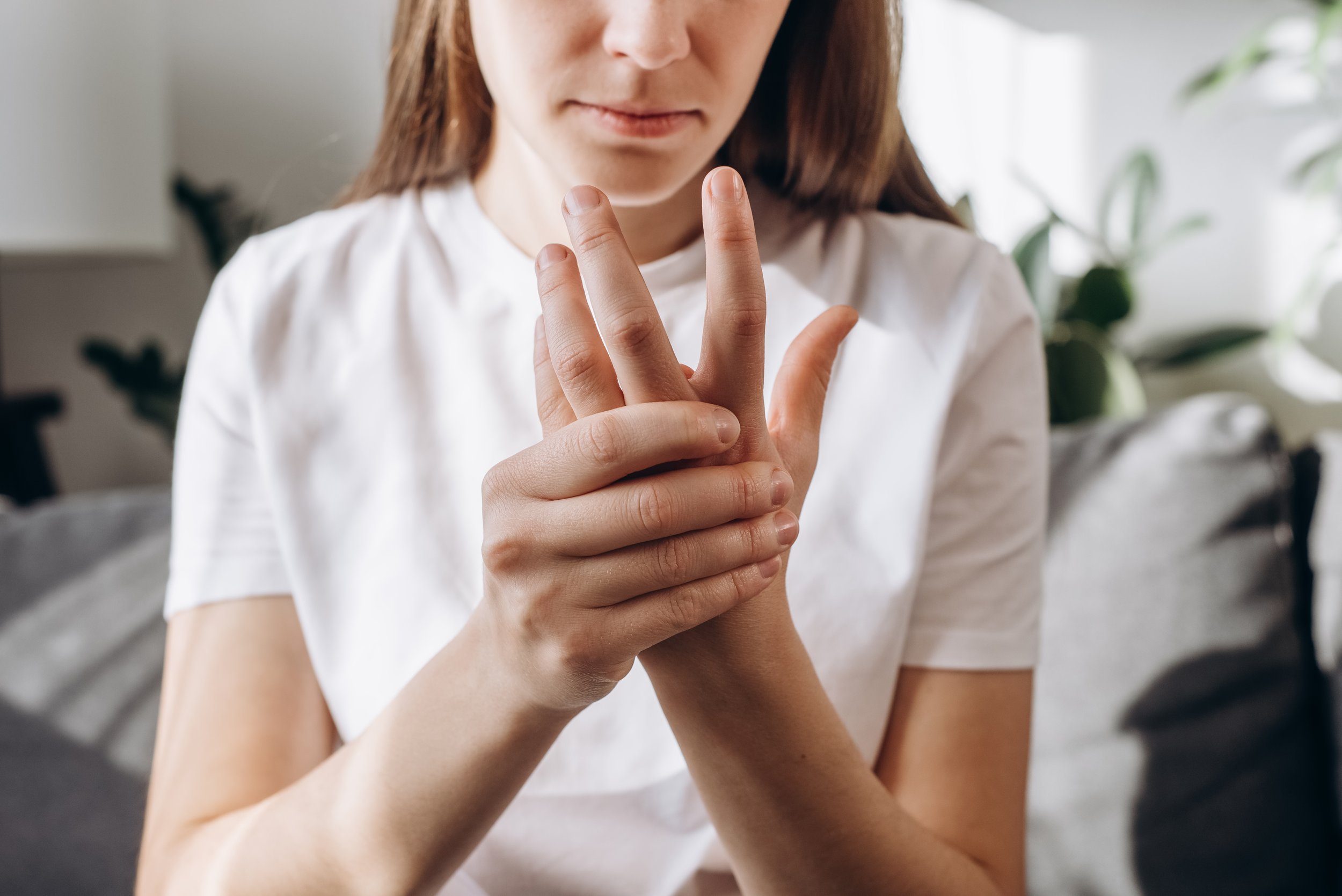
Managing Chronic Pain: Effective Strategies and Treatments
Suffering from chronic pain can impact your live and overall well-being, both physically and mentally. In Jacksonville, FL, facilities like North Florida Medical Center offer specialized pain management strategies to help patients deal with chronic pain and achieve a higher quality of life. To treat your pain, our chiropractors will develop a comprehensive plan which may include physical therapy, chiropractic care, and alternative therapies like cupping or massages. These plans will not only alleviate your pain but also enhance your way of live.

Understanding Chronic Pain
Chronic pain is pain that persists for more than three months and often beyond the usual time of healing. It can arise from conditions such as arthritis, fibromyalgia, neuropathy, and past injuries that have already been resolved. Unlike acute pain, which serves as a warning system for injury, chronic pain often lacks a clear cause and can evolve into a more serious condition if left unchecked. This can affect your physical, emotional, and psychological well-being. If you are experiencing long lasting pain after an injury has been cured, it is important to see a chiropractor or physical therapist as soon as possible
Strategies for Managing Chronic Pain
Managing pain is a multi-faceted process that varies from patient to patient, combining different strategies to address pain from various angles. Here are some of the key techniques and treatments:
1. Physical Therapy
Physical therapy is a cornerstone of chronic pain management. It focuses on:
-
Personalized Exercise Programs: Physical therapists design tailored exercise regimens to strengthen your muscles and support your affected areas by improving flexibility, and enhance overall endurance. By targeting specific muscle groups and promoting balanced physical activity, these exercises help alleviate pain, restore function, and prevent further injury.
-
Stretching Routines: Stretching routines are used to enhance your flexibility and relief your pain by holding your muscles in a stretched position to reduce stiffness. These routines will help you build muscle tensions, improve range of motion, and increase blood flow to affected areas
-
Manual Therapy: provides pain relief through soft tissue massages and joint mobilizations to reduce tension and enhance your blood flow. By doing this, Manual therapy helps reduce stiffness and promotes your healing by addressing spasms and tensions in your muscle.

2. Complementary Therapies
Incorporating complementary therapies can enhance traditional pain management strategies:
-
Massage Therapy: Helps relax muscles, reduce stress, and alleviate pain by incorporating kneading, stroking, and deep tissue pressure to relieve muscle stiffness. It can also improve your blood flow and the distribution of nutrients through your body to affected areas.
-
Cupping: This is a technique heavily rooted in Chinese medicine that involves placing specialized cups in the skin to create suction and increase blood flow in the skin and relieve muscle tension. It is most common to treat conditions such as back pain, arthritis, and muscle soreness. Before considering this however, it is important to consult a healthcare provider to ensure it is an appropriate treatment for you.
Pain Management at North Florida Medical Center
North Florida Medical Center in Jacksonville, FL, offers a comprehensive range of pain management services designed to address chronic pain effectively. Our multidisciplinary approach includes:
-
Personalized Pain Management Plans: Tailored strategies that consider your unique pain condition and lifestyle.
-
Advanced Diagnostic Tools: To accurately assess the source of pain and determine the most effective treatments.
-
Collaborative Care: Working with specialists across various fields to provide a holistic approach to pain management.
If you are experiencing chronic pain in Jacksonville FL, visit us today and begin your road to recovery and a healthy lifestyle.